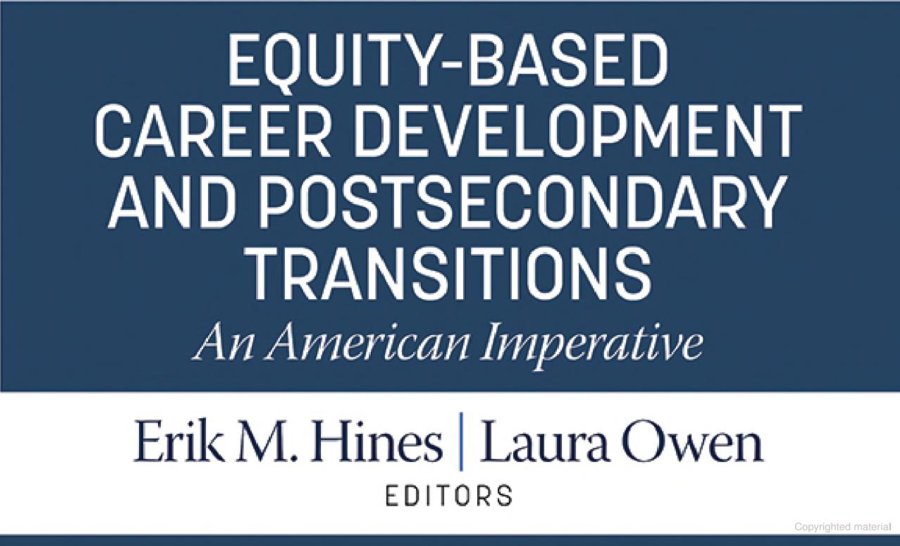Three Ideas for Post-Coronavirus Educational Recovery
There are many ways that schools can proactively address the inevitable and inequitable gaps caused by coronavirus-related school closures.
Childs et al. / Information Age Publishing / March 2022

This chapter examines the unique needs of first-generation college students that can be useful for providing academic support and counseling services to promote positive career development and facilitate healthy social identity development at American postsecodary institutions. The authors aim to elucidate the effects of psychosocial barriers on career development for these marginalized students. Erickson's psychosocial theoretical framework is used to analyze barriers and needs of first-generation college students, including those of color. Understanding how personal experiences and environmental expectations interact and the influence on postsecondary transition is critical for successful academic matriculation and career attainment. This chapter begins with a review of the literature pertaining to first-generaton college students, including those of color, and their representation in various postsecondary education settings. Information about demographics, enrollment, and graudate rates are provided. Next, the authors describe psychosocial theory, focusing on two stages: Stage 5–identity vs. role confusion and Stage 6–intimacy vs isolation. The major emphasis of the chapter includes postsecondary options for first-generation college students, including those of color; barriers to postsecondary transition and career development; and needs of first-generation colelge students, including those of color, to promote equitable navigation through postsecondary transition and career development. Given the recent COVID-19 outbreak, relevant academic and career development impacts for first-gerenation college students, including those of color, brought on by the pandemic are infused throughout the chapter. Finally, the authors provide recommendations for research, practice, and policy.